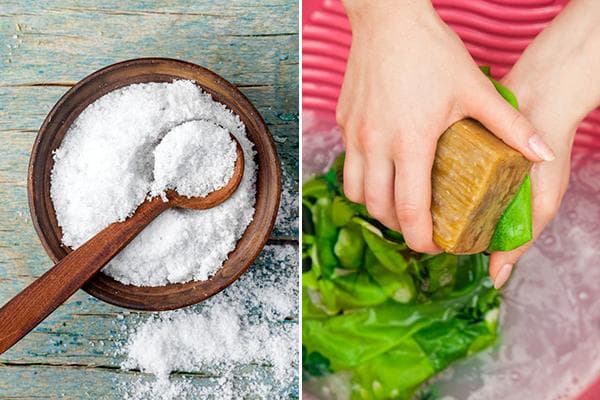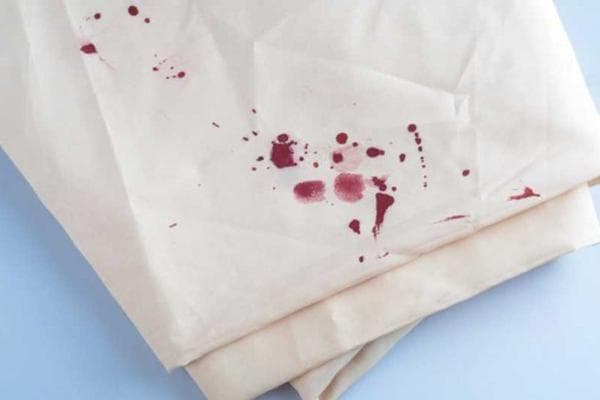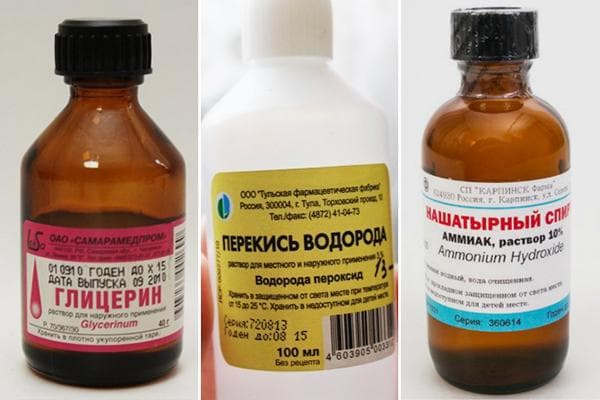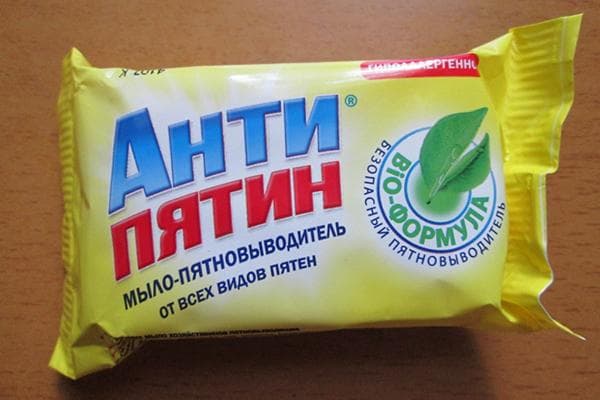What and how to remove beetroot stains from clothes?
Beets are a healthy and beloved root vegetable from which you can prepare many dishes. Plant pigments give the vegetable a rich red or brown color, so even small drops of beet juice that fall on a kitchen towel, jacket or dress are clearly visible. There are several ways to wash beets from clothes. Some food products can be used to clean fresh stains. Chemicals will help get rid of old stains.

How to remove fresh stains?
A stain that has just appeared is always easier to remove than an old one. Therefore, you should never put off washing for a long time. Cleaning should begin immediately, before the beet juice is embedded in the fibers of the material. You can deal with fresh contamination in the following ways.
- Edible table salt. Any housewife can find this product. Pour the powder over the area on the T-shirt that is stained with beets, moisten it a little with water and set the item aside for half an hour. Then rub the salt-treated stain with a soft clothes brush or sponge until it disappears completely. All that remains is to rinse the product in cool water.
- Boiling water. If beets get on your jeans, and this trouble happens literally before your eyes, water heated to the boiling point will help deal with the problem. The product is laid out in a basin or bathtub and boiling water is poured onto the area of contamination.This method is only suitable if the material from which the clothing is made can withstand washing at high temperatures, as indicated on the label.
- Cow's milk. A simple way to remove beetroot stains from white material is to soak it in milk. Cow's milk or whey is poured into a small container and the piece of clothing on which the beets have come into contact is immersed in the liquid. After an hour of this soaking, the stain should disappear.
- Vinegar essence. Add 2 tbsp to a container with warm water. l. acetic acid and soak the affected clothing for 1 hour. If after this time the stain has not dissolved, the stained area can be rubbed with a brush, and then washed in a machine or by hand.
- Lemon acid. This food product will help remove beet stains from clothes. It is enough to pour the powder onto the contaminated area, lightly moisten it with water so that the crystals dissolve and are better absorbed into the fibers of the material, and then brush it with a clothes brush.
Before you start cleaning colored clothes with vinegar or citric acid, you need to make sure that the fabric will adequately withstand the effects of acid and will not change color or collapse. To do this, you need to test the products on an inconspicuous area.
How to remove old stains?
If it is not possible to begin cleaning the stain immediately after it appears, or the contamination simply went unnoticed, the task of restoring the original appearance of the clothing becomes much more difficult. Over time, the bright pigment penetrates deep into the fibers and dries, and the stain acquires a dark purple hue.
The following substances will help deal with old stains:
- Hydrogen peroxide. Suitable for removing beetroot prints from white clothes.The method of application is very simple. Pour hot water into a metal pan. For every liter of liquid add 1 tsp. peroxide, mix and boil. Place a white T-shirt into the boiling mixture and continue boiling for another 15–20 minutes.
- Ammonia. This product is also suitable for treating exclusively white items. 50 ml of ammonia are diluted in 1 liter of water. The affected clothing is placed on a piece of white cotton fabric so that the entire area of contamination is on the backing. Using a cotton swab dipped in the resulting solution, carefully treat the beet stain. After a few minutes, the brown pigment will begin to appear on the underlying fabric. At the end of the work, the item must be washed.
- Glycerol. If beets get on a delicate fabric item, such as a shirt made of silk, nylon or organza, you can remove beet stains using glycerin and egg yolk. These two substances are mixed with each other (take 1 tablespoon of glycerin for 1 yolk) and the resulting mass is applied to the contaminated area. After 15 minutes, the item can be rinsed in cool water or washed.
It is not always possible to completely remove beet stains the first time. If pale pinkish stains remain, cleaning must be repeated.
Chemicals
If all the methods described above have been tried, and the result leaves much to be desired, it’s time to use heavy artillery, namely household chemicals.
- Dishwashing gel. “Fairy”, “Sorti” or “Pemolux” are poured onto the stain and the item is set aside for a while. Usually, a colorful blot begins to disappear right before our eyes. As soon as the stains fade, you can start washing.
- Soap “Laundry”, “Antipyatin”. These products do an excellent job of removing any contaminants due to their high alkali content. Beet juice is no exception. Rub the dirty area thoroughly with soap and after a few minutes wash the product with powder.
- "White". For white things, the inexpensive Whiteness product will be a lifesaver. It contains chlorine, which will cope with any complex stains, not to mention beetroot prints. “Belizna” is diluted in a container with water in the proportions specified in the instructions, and the contaminated clothing is soaked.
If traditional methods do not give the desired results, you can use expensive stain removers, which are sold at any household goods store.



